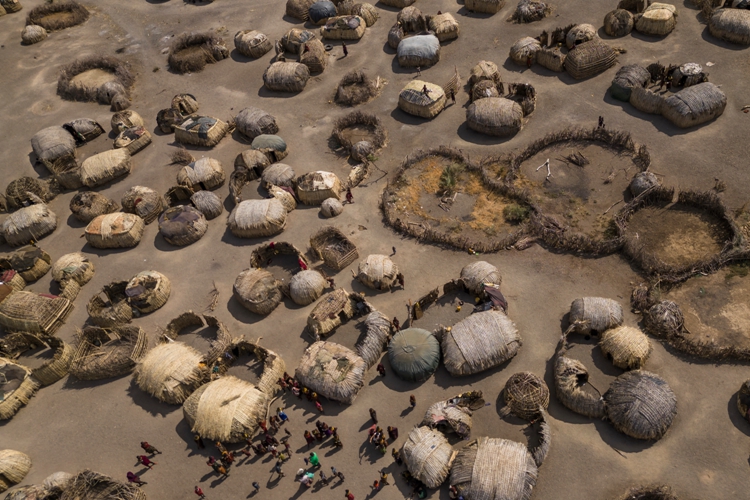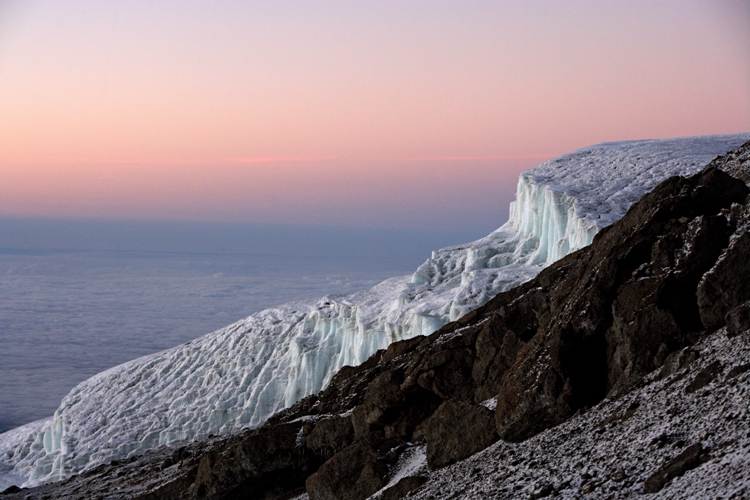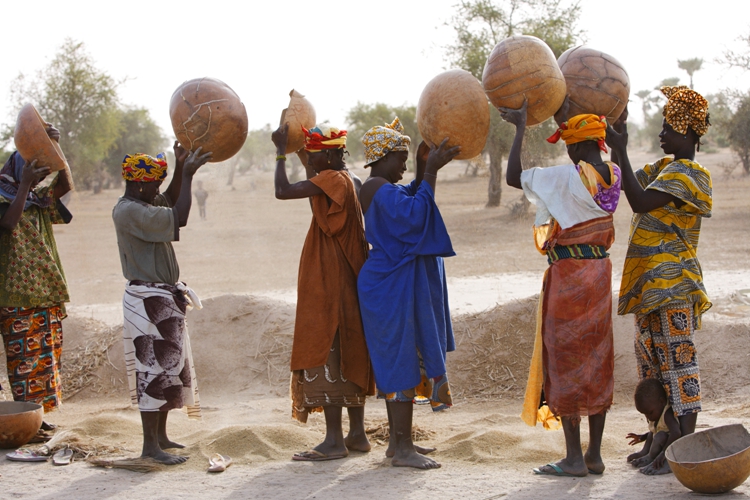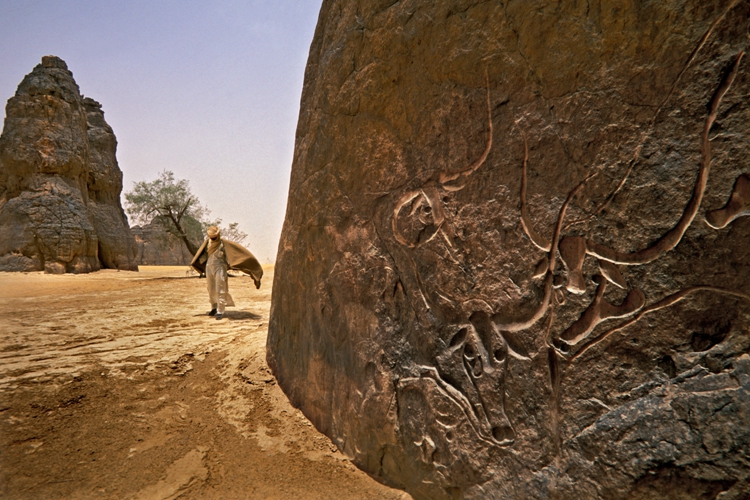Water Is Life
Text by Alberto Salza
Photos by Bruno Zanzottera
Abridged by Syharn Shen (沈思含)
Water Is Life
Text by Alberto Salza
Photos by Bruno Zanzottera
Abridged by Syharn Shen (沈思含)

Climate change is disrupting water cycles, causing prolonged droughts and expanding deserts. In Afghanistan, young Kuchi women buy water from tanker trucks to sustain their flocks.
While crossing Afghanistan, I joined villagers in drying apricots. Snow-covered peaks fed rivers, yet the land remained dry. Little girls gathered dung to sun-dry as fuel, and in tribute to water, I recited Sa'di of Shiraz: "The raging stream fades away in the ravine, but the tiniest dewdrop is absorbed by the Sun, who uplifts it to the stars."
Water use poses problems: it follows a closed cycle, affecting others through droughts or floods. Only 2.5% of Earth's water is fresh, mostly locked in ice. Uneven distribution sparks "water wars." A Twic County official in Sudan once told me, "If the north Sudanese keep on fighting us, we shall turn the Nile southwards, damming our Sudd." China's Motuo dam aims to divert the Yarlung Tsangpo before it reaches India—a move that could ignite geopolitical tensions.
Obsessed with controlling water, humanity has traded environmental and social disasters for irrigation, power, and transportation. Since Mesopotamian times, civilizations formed around hydraulic societies. A Sumerian text states, "Without constriction, no settlement can be founded: rivers would get out of their beds." Yet, climate change is disrupting water patterns, causing floods in previously arid lands like the Sahel.

In Kenya's arid Lake Turkana region, severe drought has forced many nomadic Turkana herders to become fishermen, a drastic shift from their traditional way of life.
Politicians and media often exaggerate environmental pressures as causes of migration, overlooking communities' resilience. Bedouins teach, "A man digs a well and discovers water; he has not enough, so goes on digging and finds only ashes." Ironically, people settle in flood-prone regions like Mozambique's Limpopo Valley because, as farmers say, "The good land is there where the flood is."
Water scarcity affects even wealthy areas. Watching an infinity pool in Singapore, I recalled crossing Kenya's Turkana lava fields without water. My joints creaked, and I mimed turning on an imaginary tap. In megacities, turning a tap yields water instantly. But hydro-scarcity is real. Singapore's strategy includes maximizing rain collection, reusing wastewater, and improving desalination. Cape Town lacked such foresight, suffering severe shortages.

Polar ice caps have melted four times faster in the last 40 years, causing rising sea levels and shrinking glaciers worldwide. Africa's Kilimanjaro, Rwenzori, and Mount Kenya glaciers are among those at risk of disappearing.
The World Bank urges treating surface-based water observations as a public good. In Senegal, fishermen measure sea levels; in Kenya, pastoralists use apps to monitor pastures. Water belongs to communities, and protection efforts must involve public engagement. Climate change forces us into "multiplex lives," adapting to droughts and floods alike. Tuaregs wash with sand when necessary. Their vocabulary for water sources is as nuanced as the Inuit's for snow.
Cultural reverence for water is growing. Since 2017, rivers and wetlands have gained legal personhood: New Zealand's Whanganui River, Canada's Magpie River, and India's Ganges and Yamuna. Communities remain central to water stewardship, from sacred springs to cosmological glaciers. In ancient Egypt, the Nile was a deity, Hapi. Water is more than H2O; it is life, soul, and spirit: "Aman iman," say the Tuaregs.
Agriculturalists and pastoralists, shaping civilization for 10,000 years, depend on water differently. Farmers need fertile soil; herders seek grass. But with rising populations and shrinking rainfall, their interests now clash at wells. A Sahara proverb warns, "Even if valleys are flooded with water, stability is the well." UNESCO's 1972 report cautioned that permanent wells accelerate desertification, leading to resource conflicts.

In Mali's Inner Niger Delta, seasonal flooding once sustained both farmers and nomadic herders. Climate change has made water scarce, increasing tensions and fueling conflicts among ethnic groups.
Despite Western hydraulic violence, communities resist seeing water as mere technology. "No way that a borehole can substitute for a pond," they say. Water is a topos, a cultural anchor. The Sahara, more hydraulic than chemical, loses more water to evaporation than it receives. "You may ask milk from your she-camel, a son from your wife, but water you can only ask from God," caravanners chant. It's a religion of thirst.
A Neolithic relic at Tigharghart in Algeria, a 7,000-year-old rock engraving of a crying cow, captures this struggle. "Some cows were thirsty. They came here to drink, but the water was gone," a Tuareg guide explained. In Ogaden, a Somali herder observed, "A pretty camel's eye is vivid, without tears." I knew why. Lost in Botswana's Kalahari, my bushcraft master once advised, "Don't cry: you're wasting good water."

A Neolithic engraving in Tassili n'Ajjer, Algeria, depicts a cow in a drinking position with a tear falling from its eye. Legend says the cows, finding their watering hole dry due to drought, wept in despair.
Contact Us | Plan a Visit | Donate
8 Lide Road, Beitou 11259, Taipei, Taiwan
886-2-2898-9999
005741@daaitv.com
©Tzu Chi Culture and Communication Foundation
All rights reserved.
